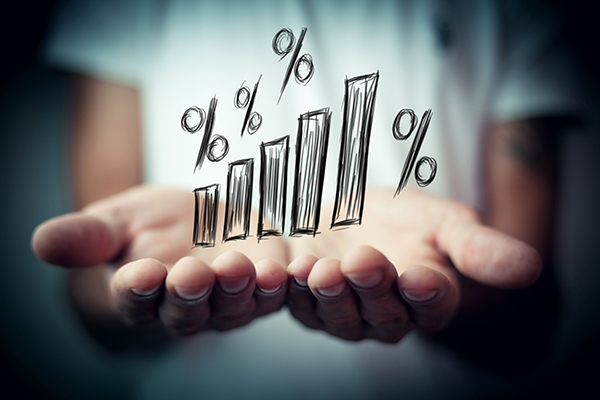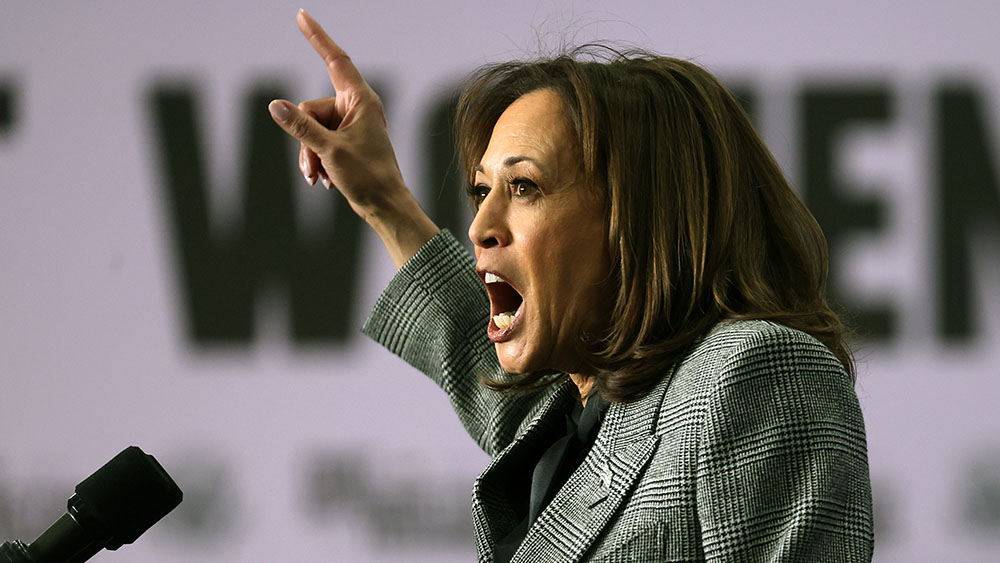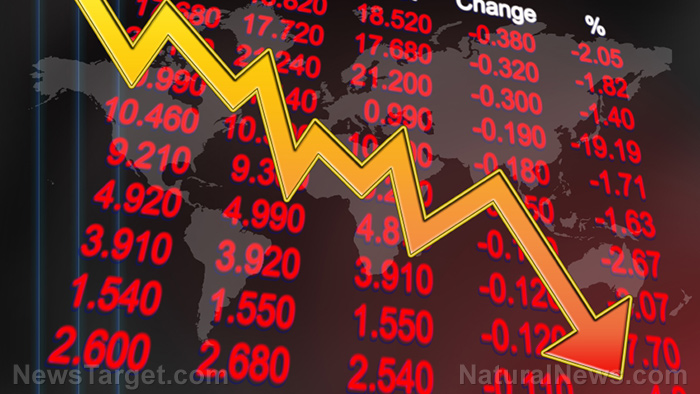
The inflation rate for the year 2023 may have cooled down at 3.4 percent from the previous year's 6.5 percent – still far from the two percent target President Joe Biden's Fed targeted – but now, it is coming back to rise in January.
Bloomberg Economics reported that the core personal consumption expenditures (PCE) price index, which excludes food and energy costs, has been seen rising by 0.4 percent from a month earlier, marking a second straight monthly acceleration in a gauge that has largely been receding over the past two years. When the three- or six-month data is annualized, both would rebound above two percent after dipping below the Fed's target in December 2023.
According to the Fed, they are not rushing to lower borrowing costs. They will only do so once they are confident that inflation is retreating on a sustained basis. This will be likely validated by the PCE and possibly further diminish market expectations for an interest-rate cut in the coming months.
The news outlet's finance updates also included that the U.S. government's second estimate of fourth-quarter growth, durable goods orders and the Institute of Supply Management's manufacturing gauge for February are due. The January new and pending home sales are also expected to release the latest readout on the housing market. Also, the Conference Board and the University of Michigan will send out separate measures of consumer sentiment.
"The stage is set for monthly PCE inflation to jump following hot CPI and producer price index (PPI) reports. While that certainly won’t put the Fed at ease, we think policymakers will largely look through the January increase. Temporary factors, including residual seasonality and the increase in prices of portfolio-management services, serve as critical drivers behind the January increase. Similarly, some of the expected gains in personal income come from cost-of-living adjustments and an unsustainably high nonfarm-payroll print," Bloomberg further reported.
Meanwhile, Asia's inflation rate may have been improving a little compared to America's. Japan's January consumer inflation excluding fresh food may slow to 1.8 percent, dipping below the Bank of Japan's two percent target for the first time since March 2022. The Reserve Bank of New Zealand is expected to hold its official cash rate at 5.5 percent as inflationary pressure eases.
Inflation in the eurozone highlighted gauging the strength of global price growth. Economists anticipate the overall euro-area outcome at 2.5 percent, marking some progress toward the two percent goal. Similarly, the underlying measure that strips out volatile elements such as energy is expected to weaken to 2.9 percent.
Analysts: "Bidenomics is bad economics"
For Treasurer of the State of Utah Marlo Oaks and Sanjai Bhagat, author of "Financial Crisis, Corporate Governance and Bank Capital," Bidenomics is bad economics and is not working at all.
The two economic experts even warned people not to be misled by President Joe Biden's regime's continued narrative that the economic situation has never been better. (Related: Biden declares inflation “over,” orders companies to lower prices.)
"What most Americans are experiencing is far less rosy. Inflation is no longer just a buzzword whispered in economic circles. It's a harsh reality hammering the wallets of Americans," they said in an article on Fred Economic Data. In fact, they added, households are struggling to cover necessities like food and fuel. "A gallon of milk that cost $3.12 during the Trump presidency [2017-2020] but now it costs $4.01, a 29 percent increase. Unfortunately, wages have not kept up with growing costs," they pointed out.
Source: Fred Economic Data | St. Louis Fed
During former President Donald Trump's term, the average price increase for goods and services was a modest 7.6 percent over four years, which is less than a two percent raise in prices for each of those four years. But in the past three years, there has been more than a five percent increase in prices for each of the last three years, which means there has been a 17.6 percent increase in costs under Biden's watch.
Under Trump, they further indicated, real (inflation-adjusted) median weekly earnings saw a $63.10 increase for all workers and a $78.80 increase for women workers. Whereas with Biden, the real median weekly earnings have plummeted by $13.20 for all workers and a staggering $23.70 for women workers.
To make matters worse, middle-class families are finding themselves grappling not only with skyrocketing inflation but also with the specter of unaffordable housing. Mortgage interest rates have surged by a jaw-dropping 70 percent in three years. During the Trump presidency, a 30-year fixed rate mortgage average in the U.S. was 3.89 percent but now, it is 6.60 percent already. Monthly mortgage payments for a median-priced home have ballooned by over $1,000 compared to the Trump era, making the dream of homeownership feel more like a distant fantasy than a tangible goal.
Check out Collapse.news for more updates on the collapsing U.S. economy under Biden's administration.
Sources for this article include:
Please contact us for more information.




















